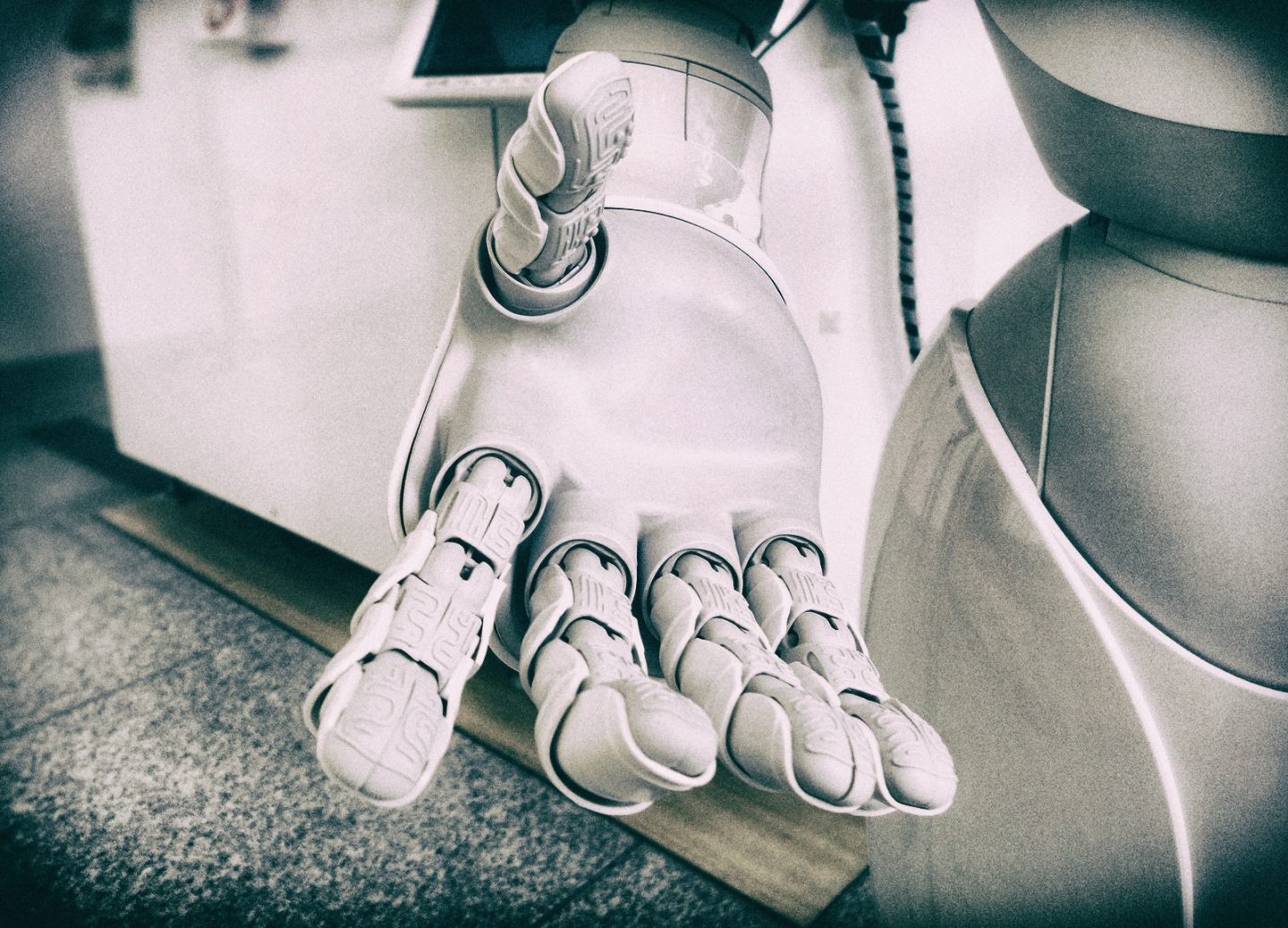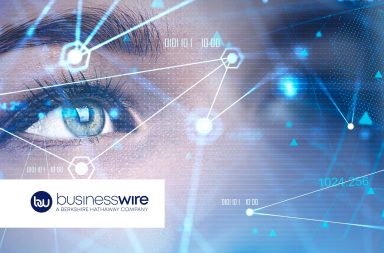You have to get out of the “man vs. machines” logic to embrace the “man and machines” logic
More and more often and with an increased emphasis we think of the machines as rivals or even as enemies. This is due to a number of reasons, including the continued growth capacity of machines to replace people in their work and the consequent fear that this implies.
Yes, the machines can replace us in our work is true and will be more and more in the future, but, in my opinion, we must see all this as an enormous opportunity for man to increase his potential, especially at the creative level and enter a new phase of synergy between men and machines.
Artificial Intelligence (Machine Learning and Deep Learning) is used in many contexts, not only in industry but also in advertising, customer care and healthcare. In the latter, the signs of progress are truly incredible and promise a huge leap in quality in the diagnosis and management of therapies.
Continuing to think with the “man vs machine” mentality is wrong because there is a lot to gain from embracing these technologies, especially to focus more on our creative and human capabilities. In fact, while on the one hand there are more and more activities that machines are able to do better than humans, there are others where they can support the greatest human capacity, namely creativity and intuition
Pattern recognition and more space for human insights
Machines can process millions of raw or structured data, images and videos in a very short time. They can identify contexts and correlate elements with results that we can define as surprising. However effective these data may be, we cannot call them experts. In fact, although machines have an immense capacity, we cannot consider the results in the same way as those obtained by a human expert.
For example, in the diagnosis of diseases through the analysis of images of an MRI scan or a CAT scan, the results obtained in a few seconds are mainly of support to the doctor and not as a replacement. This machine work leaves more room for the physician to focus on activities based on human experience, relationships and intuitions.
Diagnostic paths in ophthalmology
A recent Google Research project, for example, used over 120,000 retinal images to train a neural network to detect diabetic retinopathy (DR), a major cause of blindness, and diabetic macular edema (DME). The capacity of the machine is close to the performance of ophthalmologists.
In this project, the algorithm reached a sensitivity of 97% and a specificity of 93%. This is comparable to the ability of a specialist doctor and the analysis can be performed anywhere. The results will then be analysed by an ophthalmologist to confirm the diagnosis and prescribe a treatment.
Precision medicine and genetics
A new field for the application of machines is certainly genomics. Thanks to these machines, the entire genome can be sequenced quickly, identifying specific patterns within a huge amount of data.
Thanks to this processing power and the ability to recognize certain patterns, it is possible to make predictions, with a high probability, on patients who will develop a given pathology. Thanks to these skills, it is also possible to identify genetic treatments that will be adapted to the individual.
Machines will unleash our creativity like never before
As we have observed, the machines are able to learn and be engaged in a variety of activities. We have observed that they are immensely more performing than humans and we have also observed that they are not able to replace the human experience and especially his creative ability based on intuition and emotion.
So let’s let technology continue its growth and stop considering it as a rival to humans. Instead, we have to embrace the idea that machines are excellent partners and that they can help us to accelerate our human capabilities and allow us to explore them more than in any other period.



